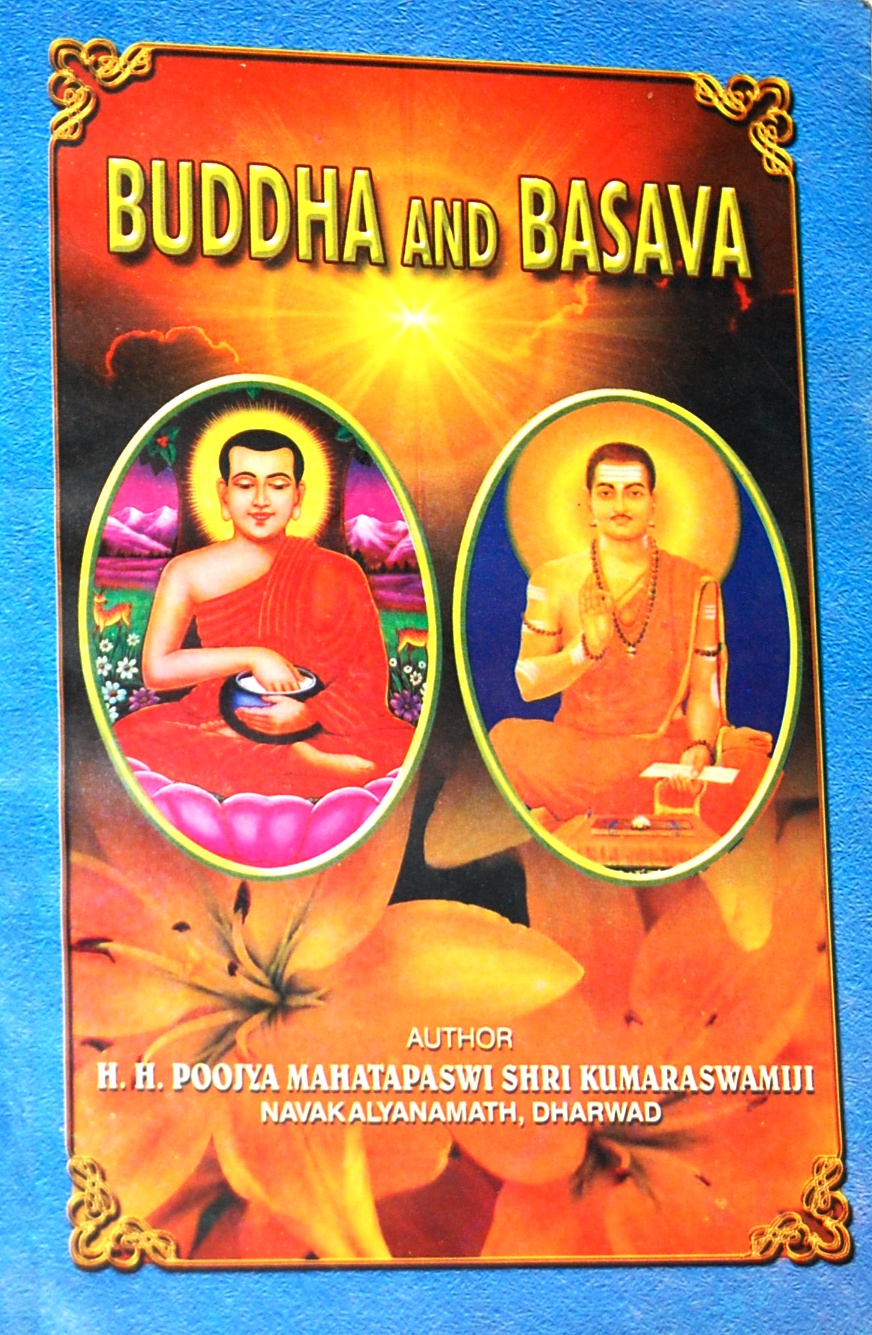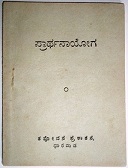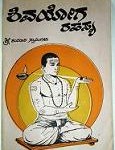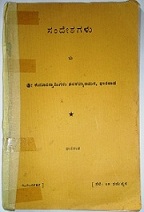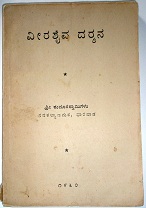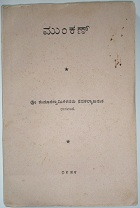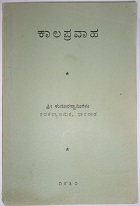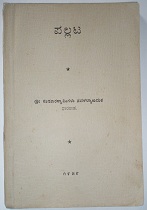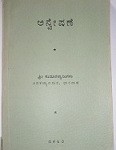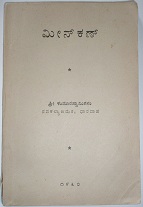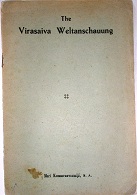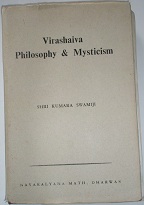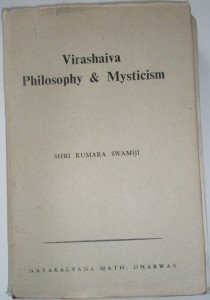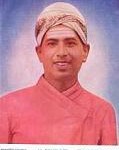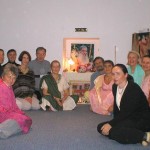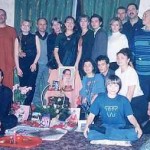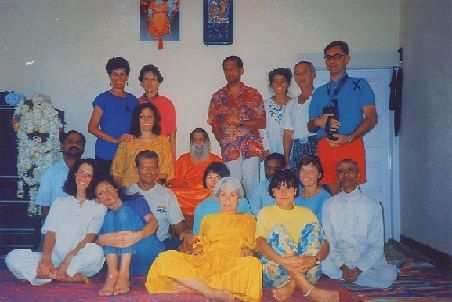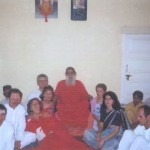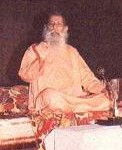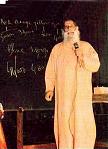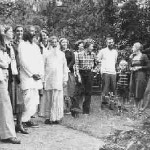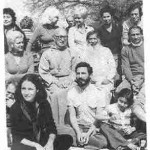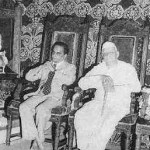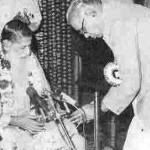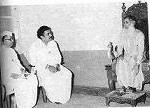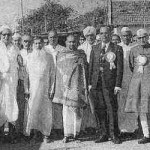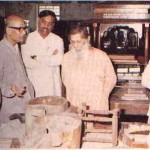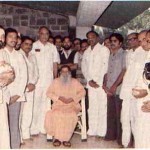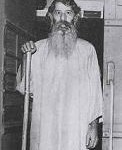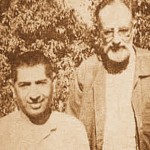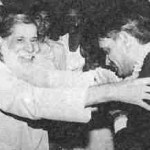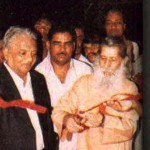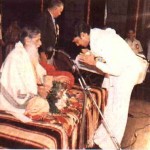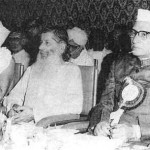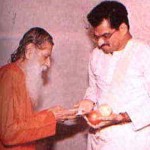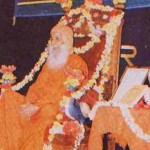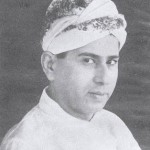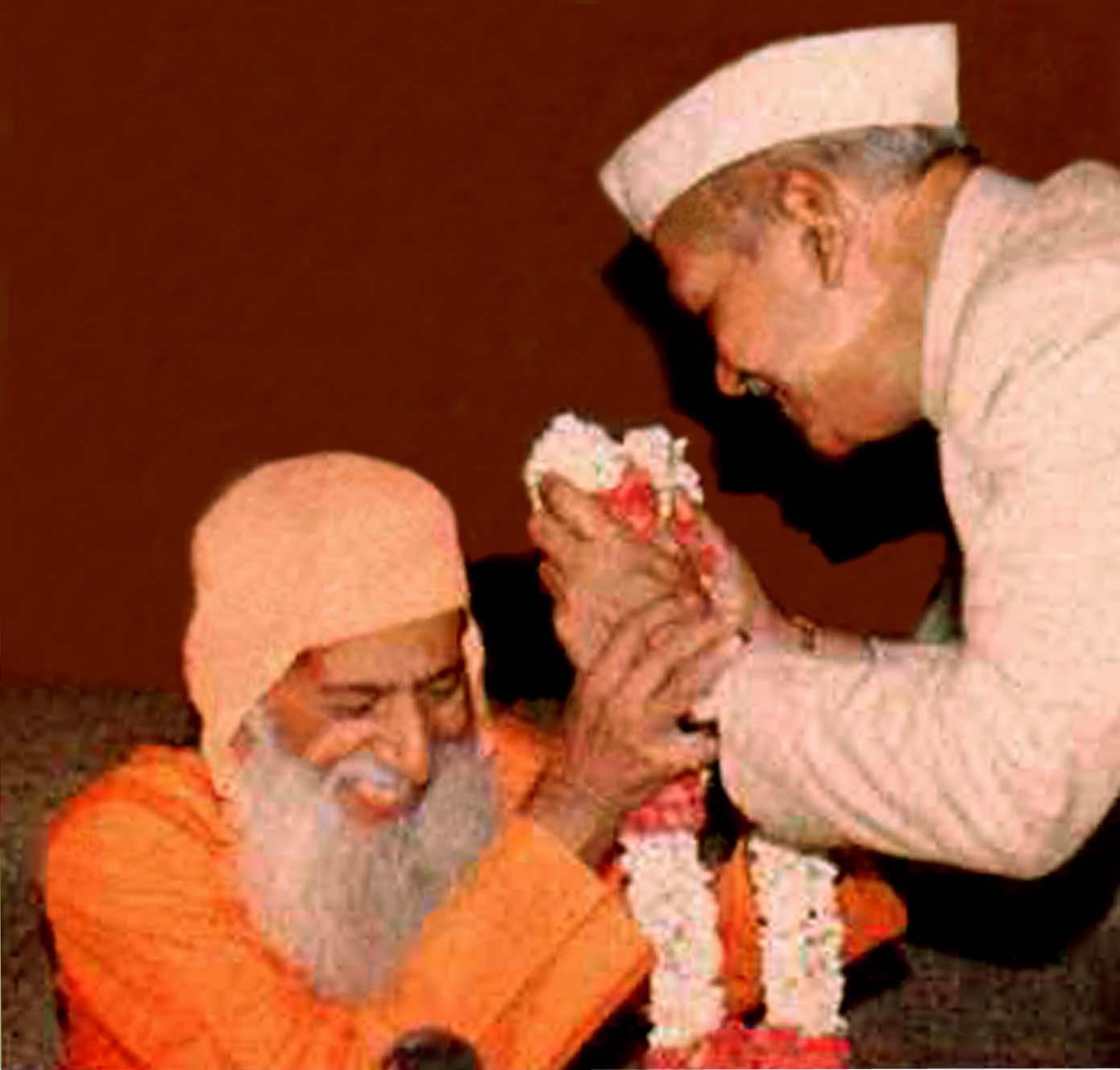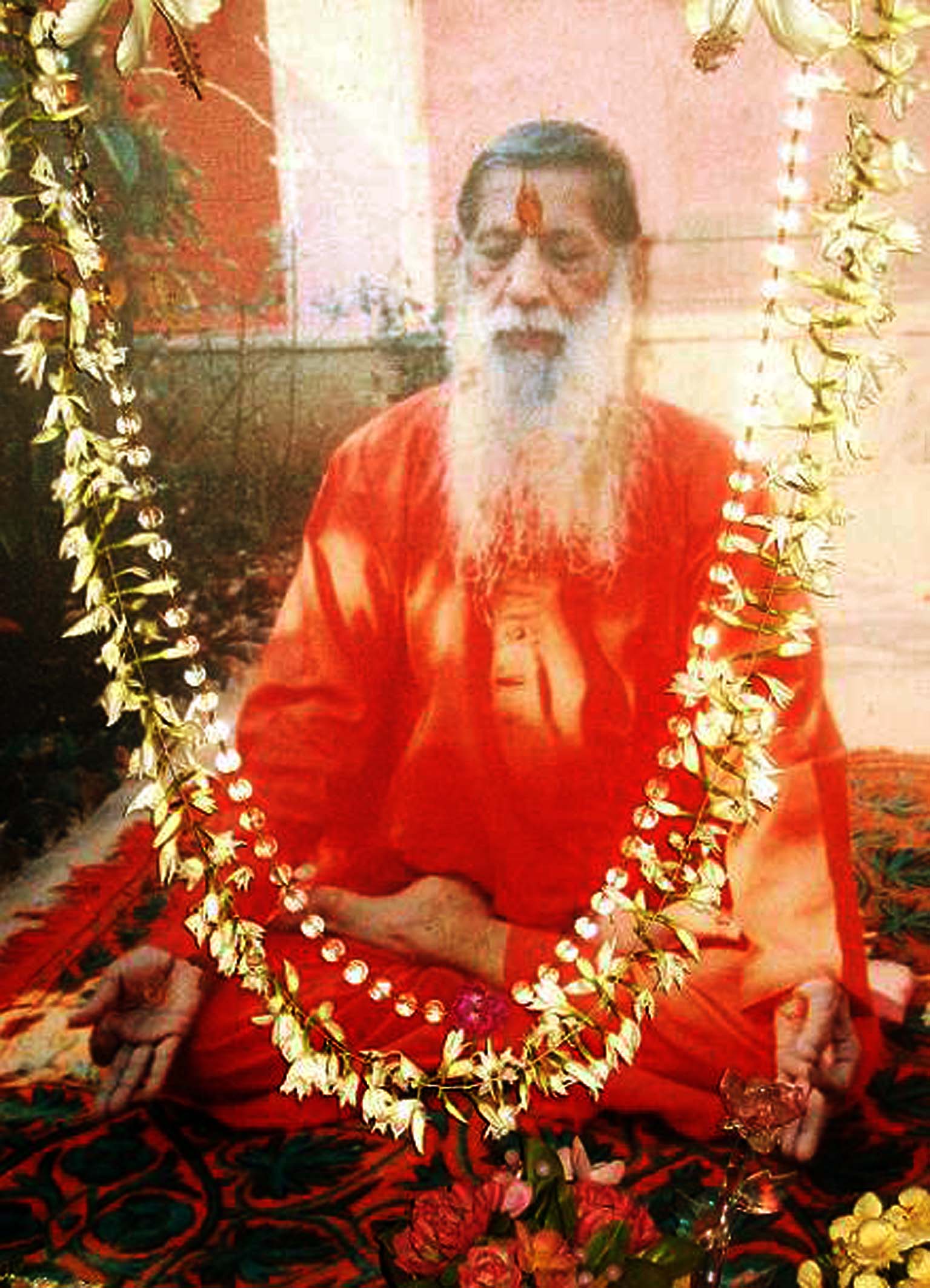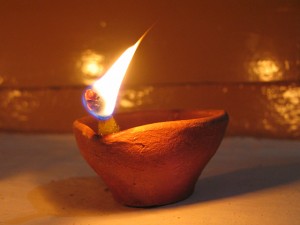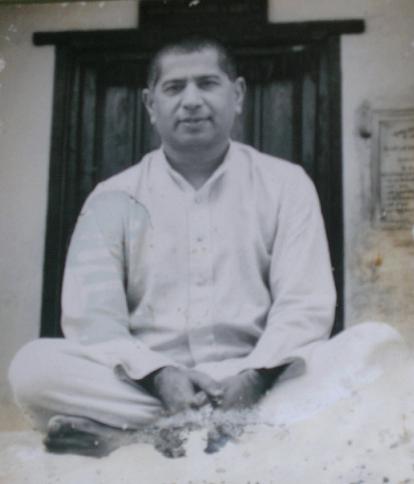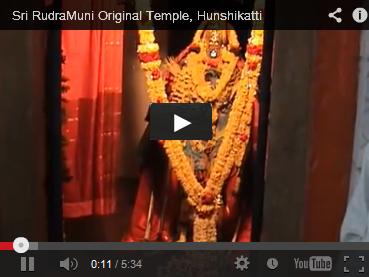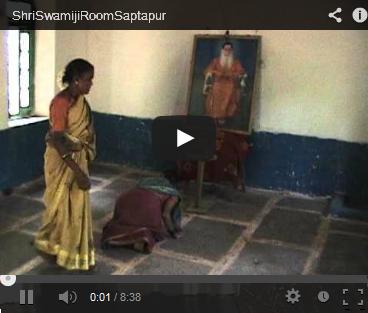Frequently Asked Questions
1. What is Lingayatism or Veerashaivism ?
Lingayatism is the faith professed and followed by the Karnatak Virashaiva; Basava is the founder of this faith and Vachana-shastra are the scriptures that embody the principles of Lingayatism.
2. What are the scriptures of Veerashaiva Faith ?
Vachanashastra is considered as the Scripture of the Veerashaiva faith.
3. What is the uniqueness of Vachana-shastra ?
The vachana-shastra is the fruit of deep meditation and careful observation of nature by the Veerashaiva saints.
The Vachana-shastra exhibits the unity of the three-fold nature of the wisdom known as Siddhanta, Sadhana and Sampadana. Siddhant or Tattva is the philosophic apprehension of Linga; Sadhana or hita is the moral and spiritual method of knowing it; sampadana or purushartha is the realization of God or Linga which is the summum bonum of life. Tattva is a consideration of the reality under the aspects provided by the three regions of the philosophic knowledge, namely epistemology, ethics and aesthetics, considered under these aspects, God is the Sat without a second, that wills the many and the will differentiates into the manifold of sentient and non-sentient beings.
4. Is Shiva a male and Shakti female ?
The attempt to identify Shakti with woman and Shiva with man is a blasphemous error. As a matter of fact, they are neither male nor female nor even neuter, for the Shivagamas declare in unmistakable terms, that Shiva is the Sat aspect of reality while Shakti is its Chit aspect. Shiva and Shakti are, as it were, the transcendent and immanent, the static and dynamic, the personal and impersonal aspects of the Reality.
5. Who are the Prophets of Veerashaivism ?
It is generally conceded that in the Veerashaiva Faith there are five Prophets and they are ALLAMA PRABHU, BASAVANNA, AKKAMAHADEVI, CHANNABASAVANNA and SIDDHARAMA.
6. Why do members of Veerashaiva community Vegetarians ?
The members of the Lingayata or Veerashaiva community are adherents to ahimsa (non-violence) and hence are vegetarians. They vehemently condemn cruelty to animals and animal sacrifices. According to Basava, Daya (kindness) is the hall-mark of the religion.
7. Why is there evil? Why is there pain? Are they part of life ?
Yes, they are. Since our intellect picks up single actions from the total life, they appear as evil or ugly. When man pulls down the walls of individualism and merges his activities in the universal dynamism, actions lose their intellectual colouring and all distinctions between good and evil fade away. Grief and sorrow are relative to our physical states. When the canvas of life is viewed as whole these sorrows appear to be a part of joy. Joy is not in pleasure but it is in the discovery of life.
8. Where is Heavan according to Veerashaivism or according to Basava ?
Prabhu praises Basava in one of his sayings as one who sees through the connecting link of heaven and earth; Basava tells his followers not to separate the Earth from the Heaven. Earth and Heaven or the Iha and Para are one, just like the means and the end, are the same. Hence his exhortation after the manner of Mazini: “Do not tell us that the earth is of clay, the earth is God’s. He created it so that we might climb by it to Him. The earth is not a sojourn of expiation and temptation, it is the place appointed for our labour of self-improvement and of development towards a higher state of existence.”
9. A Veerashaiva is often addressed as Lingavanta or Lingayat. What does Lingayat mean ?
‘Ayata’ means ‘that which has come’. In Veerashaivism, there is a convention that the Guru or the preceptor bestows Linga upon the child after it is born. Again the Guru confers Linga upon a disciple at the time of initiation. In any case, the Linga must come from the Guru and he who wears Linga that has come from the Guru is called Lingayata.
10. Is Veerashaiva same as Lingavant ?
The term Lingavanta is comparatively of a later date, yet it vividly expresses the fact that the followers of Veerashaivism wear the Linga and the significance of the wearing of the Linga on their bodies. The term Veerashaiva, however, does not distinctly bring out the idea of Linga worn on body as the word Lingavant does. But over the centuries, the two words have become synonymous and are used interchangeably. Lingavanta is the nominative plural of Lingavat.
11. What is the difference between ‘Lingavan’ and ‘Lingavat’ ?
Lingavanta is the nominative plural of Lingavat. The possessive Sanskrit affix ‘Vat’ as in the words ‘Bhagavat’ and ‘Dhanavat’ conveys both characteristics of ‘Dhana’ and possessor. Similarly, Lingavan expresses the characteristics of Linga and its possessor. Lingavan is the nominative singular of Lingavat and denotes a single individual wearing the Linga. But Lingavanta is the nominative plural and the use of the plural with reference to a single individual bespeaks of courtesy and respect. A Lingavanta is, therefore, the possessor of a Linga, or one who always wears Linga, the symbol of God, the symbol of infinity upon his/her body.
12. What does the term ‘Lingayata’ and ‘Lingavant’ indicate ?
If the term ‘Lingayata’ indicates the necessity of initiation of Diksha, the term ‘Lingavanta’ expresses the need for wearing the Linga on the body.
13. What is the necessity of Satsthala ?
Object and function of Religion in another way, by saying that Truth is the perception of such a relation and proportion in apparent diversity that this becomes a realized and harmonious unity. There must necessarily be degrees of this perception and it is this graded perception of Truth that justifies the necessity of Sat-sthala, six steps of self-realization, in Lingayat religion.
14. What is the meaning of term ‘Aham Grahopasana’ ?
Jyotirlinga and Ishtalinga, the self of cosmos and the self of man are identically the same and so are one. The self of man is termed Anga which is Chit-rupa, the pure Conscient; the self of cosmos is termed Linga which is Sat-rupa, the pure Existent; and that Anga and Linga are one and the same is proved by the subjective mode of worship, that is, Aham-grahopasana.
15. How can Divine which is Indivisble be divided into Linga and Anga ?
The Divine is really unlimited but the inherent Energy in the Divine is responsible for the limitation in the unlimited. Hence the Supreme or Shiva bifercates himself into Linga and Anga; and the divine energy into Shakti and Bhakti.
16. What is the meaning of term ‘Linga-Anga Samarasya’ ?
The realization of the one existence in the apparent infinite multiplicity and complexity through self-awareness, is Samarasya, delight equal and equable. Samarasya is therefore Ananda-rupa. Linganga-samarasya then is a technical name of the Lingayat religion for the highest God-head, Sachhidananda.
In another words Linganga-samarasy, bereft of its technique is mysticism pure and simple that echoes the ancient nay, eternal Wisdom.
17. Are Ishtalinga, Pranlinga and Bhavalinga different and separate Lingas ?
Ishtalinga, Pranlinga and Bhavalinga are therefore a triple aspect of the Divine.
18. What are the substantial proofs that the religion of Indus valley civilization was Shaivite religion?
Please refer to below two links –
Historical Aspects of Shivayoga
19. What is the meaning of the term ‘Lingodhbhavamurti’ ?
Shiva is addressed as Lingodhbhavamurti, the self-existent Truth
20. Is Shiva a male and Shakti female ?
The attempt to identify Shakti with woman and Shiva with man is a blasphemous error. As a matter of fact, they are neither male nor female nor even neuter, for the Shivagamas declare in unmistakable terms, that Shiva is the Sat aspect of reality while Shakti is its Chit aspect. Shiva and Shakti are, as it were, the transcendent and immanent, the static and dynamic, the personal and impersonal aspects of the Reality.
21. Who was Allama Prabhu ?
Allama Prabhu was a master mystic of Veerashaiva faith who lived in 12th century. He was a greatest Shiva-yogi.
For more on Allama Prabhu’s life, please visit below link –
Allama Prabhu – His Life
22. What is Shiva-yoga ?
Shiva-yoga is a technique of opening the third eye. Shiva-yoga aims at awakening dormal pineal gland. It is an easy technique which is simple and scientific and yet powerful enough to transform the lower nature of man into the divine nature.
23. What are the features of Shiva-yoga ?
1) It is historical for it has a history of more than 5000 years. It goes as far back as the chalcolithic age. It was prevalent in the Indus valley civilization. And from there it spread to Egypt, Sumeru and other Mediterranean countries.
2) It is democratic in the sense that everybody is eligible to practise Shiva-yoga irrespective of caste, colour, creed, rank, age and position.
3) It is scientific in the sense that it is entirely based upon the laws of light and electricity.
24. Is Shiva-yoga of Sharanas same as that of Agamas ?
The Shivagamas and the Vachana literature of the 12th century, preserve intact the ancient culture of Shiva-yoga, speak of its glory and greatness in eloquent terms.
25. Why is Shiva-yoga sometimes called as ‘Piyush Yoga’ ?
In Yoga Shastra this pineal gland (‘Piyush Granthi’) is spoken of as the third eye, the function of which takes place through the middle of the forehead. Physiology has recognized the importance of the middle brain and of endocrine glands. It has therefore set a value upon the pituitary and pineal glands. The pineal is the seat of cosmic thought. When the pituitary and pineal glands have become fully developed and stimulated, their vibrations fuse and stir into activity the third eye, the eye of the soul. This activity provides the mind with a sensitive instrument, a transmitter by means of which vibrations of very differing types can be translated, interpreted and rearranged. This gives man personal access to the wisdom
26. What are the other names of Shiva-yoga ?
Shiva-yoga goes by various names according to its different featurers like Linga-yoga (yogic tratak on Linga), Drishti-yoga (yoga using drishti or eyes), Piyush yoga (yoga to awaken piyush granthi or ‘pineal gland’), Animish-yoga (yoga of unwiking gaze or Animish drishti)
27. How can Shiva-yoga practice leads to Self-realization ?
The pineal is the seat of the soul, it is the seat of cosmic consciousness which is termed Mahalinga in Shiva-yoga. The soul in the pineal is directly connected with the eyes through the optic thalamic nerve. In the waking state of consciousness the soul rests in the eyes. Shiva-yoga starts directly from the soul through the eyes and realizes the soul residing in the pineal through knowledge of identity. The scripture says “Atmanam Atmana viddhi ” – “Know the Soul by the soul”. Shiva-yoga fulfills this condition literally through the technique of opening the pineal gland.
28. Is Linga worship a phallus worship ?
The phallic worship of some primitive people has absolutely no connection with the worship of Shivalinga, and appears to be unwarranted when detached and impartial consideration is given to the form of Shivalinga.
29. Is Linga worship related to phallic worship ?
Linga-worship is prevalent not only in all the parts of India but it pervades many parts of Asia. It is not connected with low castes, with orgies, with obscene rites or with anything which can be called barbarous. It forms part of the aspirations of devout votaries and the worship offered to it is perfectly decorous. The worship of Shivalinga was the characteristic feature of the Dravidians. The ancient Egyptians, Greeks and Romans borrowed Linga worship from the ancient civilized Dravidians, but in their pitiable ignorance construed it as the phallic emblem.
30. What is the meaning of term Linga ?
The simple clear meaning of Linga is a sign, mark or symbol. In the Upanishads and in many other places, Linga is invariably used in the sense of a mark or a symbol.
Avyakteshu parah purusho vyapako Linga yeva cha Na
Cheshita naiva cha Lingam tasya
Mahadadyam Vishesantam Lingam
These three instances respectively from the Katha, the Shvetashvetara and the Maitri Upanishads are sufficient to prove that in philosophical literature Linga is used in the sense of a mark or symbol and no other sense.
31. A word Yoni is found in the Upanishads. Is it related to Shiva-lingam ?
Many a time the word Yoni is found in the Upanishads, but it is taken to mean not as a female genital organ but merely as the source or prima causa of the Universe.
32. If Linga represents a symbol, what is it symbolic of ?
Cosmologically it is symbolic of the Universe, psychologically it is symbolic of name and form, mystically it is symbolic of the Logos.
33. What is the etymological meaning of Linga ?
Channabasava has given the etymological meaning of Linga: In the term Linga, there are three words “Li, zero and Ga. Li represents the Infinite while Ga stands for the finite and it is a zero that unites the finite and the Infinite. He who knows this secret is a real mystic.”
34. What is the cosmological meaning of Linga ?
Outwardly and in the initial stage, God is conceived to be the creator of the Universe. The Universe then is taken to be after the creator and the image of God is reflected in the spherical universe and is represented by it. To all outward appearance the Universe is a hemispherical thing bounded by the circular horizon and placed on something. And the Linga with circular basis represents the Universe.
35. What is the psychological meaning of Linga ?
The psychological explanation of the symbol is that Linga is the cosmic soul having self-consciousness. The cosmic soul first vibrates in its being towards creation. The vibration is Nada, the first expression as Nama or name. From the Nada, proceeds the Bindu, dot or form. These two Nama and Rupa or Nada and Bindu are what is known as Pranava. The Bindu is the disc like base and Nada is the line supervening the base. The line stands on the Bindu like a cylinder with rounded top. This forms the Linga.
36. Then what is the meaning and significance of the word Shishna-devah ?
In Sumerian language Shishna means seven and the Shishna-devah mean seven Gods. It is needless to say that the number seven carries great importance in mysticism. Occultism states that there are seven stages in cosmogony of the elements from Mahat or intelligence to Prithvi or earth. Of the seven elements which constitute the Universe, earth is the lowest and intelligence or Mahat is the highest.
Both modern bacteriology and embryology furnish us with illustrations of the one Mahat becoming many egos or conscious units. One cholera bacterium put into water divides itself through the law of fission into two; each of these two becomes subdivided into two and so on into lakhs after lakhs in a few hours. Similarly, embryology tells us that when an embryo is merged into one through the union of the ovum and the sperm, there arise the two divisions of epiblast and hypoblast with mesoblast in the middle. The one epiblast cell which is positive in nature divides itself into two; these two becoming four and so on till they multiply themselves into many, with two as their common factor. Similarly the hypoblast cell which is passive in its nature goes on increasing in the same fashion. So also the one Mahat becomes many egos through the permutation and combination of the modes of matter. Since, there are seven states or modes of matter, the one spirit appears to be sevenfold according to the medium through which it functions. In other words, the solid, liquid, gaseous aerial, ethereal, egoistic and intellectual are the seven modes of matter through which the one spirit works. This is the meaning of the Shishnadevah, the seven Gods; strictly speaking it is the one Godhead with seven-fold consciousness. This is the mystic meaning attributed to Shivalinga which represents the highest Reality in Veerashaivism.
37. What is Shunya-sampadane, scripture of Veerashaivas ?
The Shunya Sampadane is a literary work which contains the dialogues of Allama Prabhu and other Veerashaiva saints, namely Basava, Channabasava, Marula Shankar, Madivalayya, Ayadaaki Marayya, Nuliya Chandrayya, Moligayya, Ghattivalayya, Goraksha, Akkamahadevi, Mauktayakka, Lakkamma etc. Of all the saints, Prabhudeva stands out as the outstanding mystic of that epoch. His contemporary saints looked up to him with respect and reverence for spiritual guidance, enlightenment, philosophical explanations and mystical matters. Just as Socrates is the central figure of Plato’s dialogues, so Prabhu is a pivotal force, nay the Shining Sun of Righteousness, around who rotate the rest of the planets (Sharanas) of the Shunya-Sampadane. This is why it is, in fact, correct to say that the Shunya-Sampadane deserves to be called Prabhu’s Dialogues.
38. What is the object of scripture Shunya-sampadane ?
It is the inexhaustive focundity of Reality that bursts through all forms, names and functions. When the Reality is addressed as Shunya or Bayalu, it only means that it is something which created beings cannot conceive and not that It is absolutely nothing. The Scriptures or the sayings of saints and sages can neither demonstrate nor decipher It, but at best they can only bear witness to It. In the Divine status, Reality is its own immediate witness, its own self-awareness, its own freedom of complete being. To achieve this Divine status is the one object of the Shunya-sampadane.
– OM SHANTI | OM SHANTI | OM SHANTI –
Frequently Asked Questions are collected from ongoing questions asked by audience at large.
The answers are presented from the works of H.H. Mahatapsvi Shri Kumarswamiji











